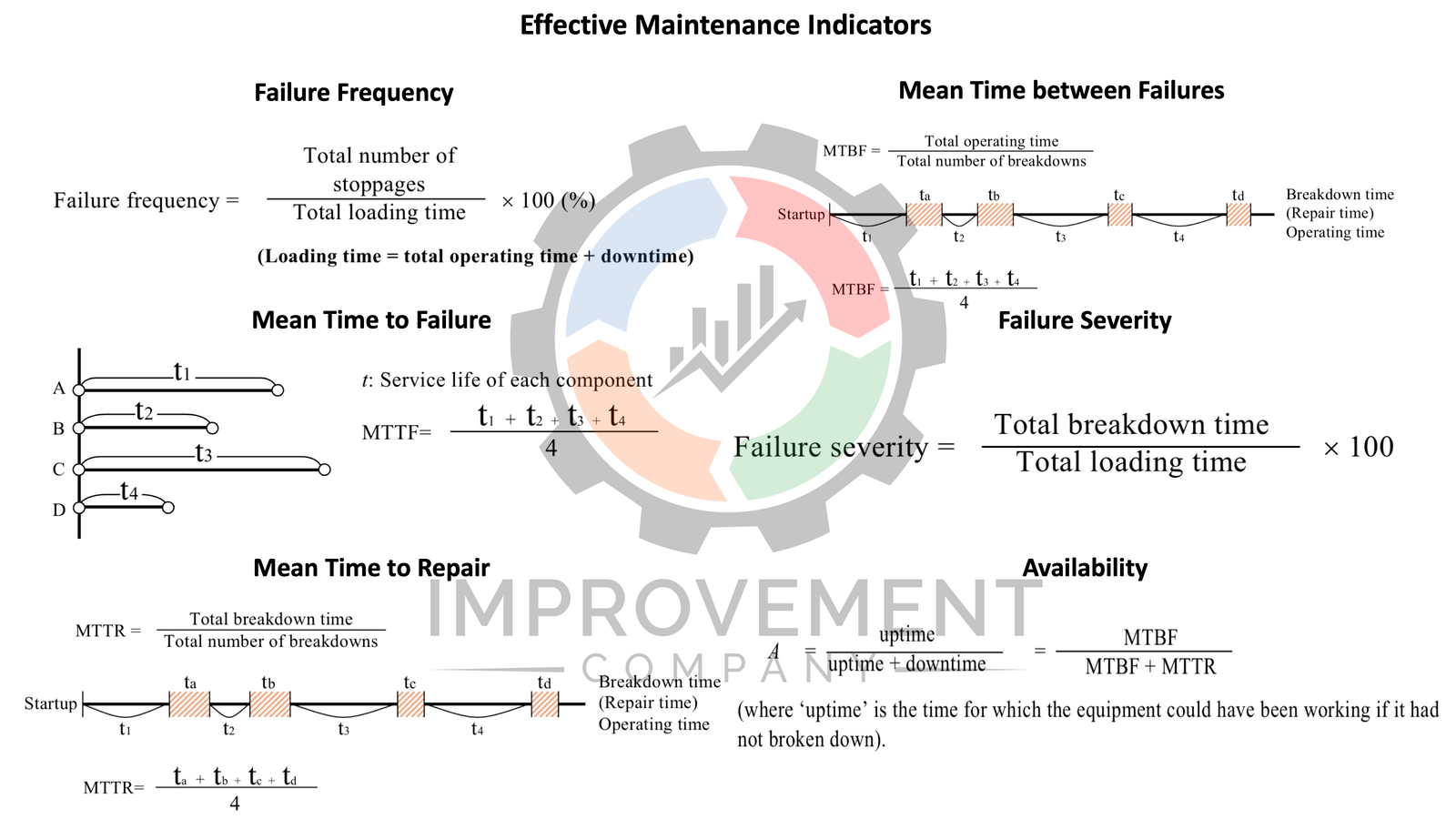The Pareto Rule and Analysis: Understanding the 80/20 Principle
The Pareto rule, also known as the 80/20 principle, is useful for analyzing and improving a wide range of systems, processes, and products. This principle states that 80% of the effects come from 20% of the causes. This concept can be applied in various areas, including business, finance, and personal life. In business, the Pareto rule is often used to identify the key drivers of revenue, costs, and customer complaints. Organizations can prioritize their efforts…


